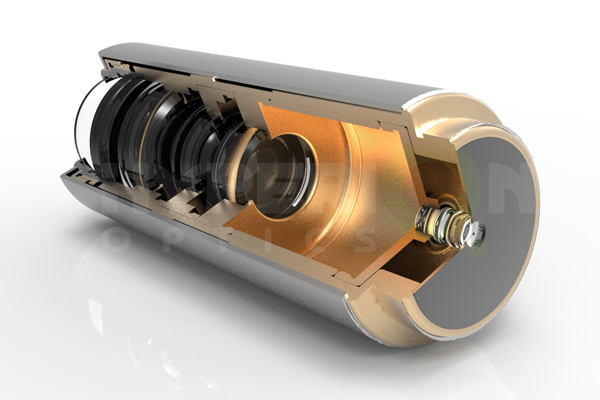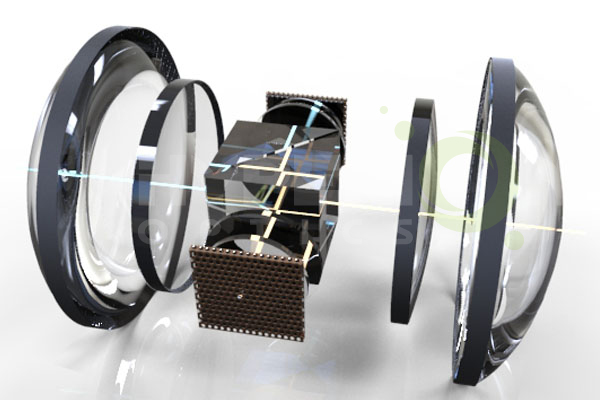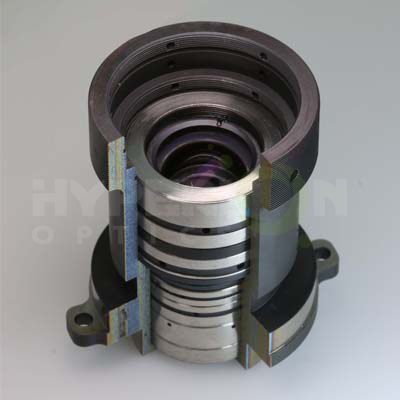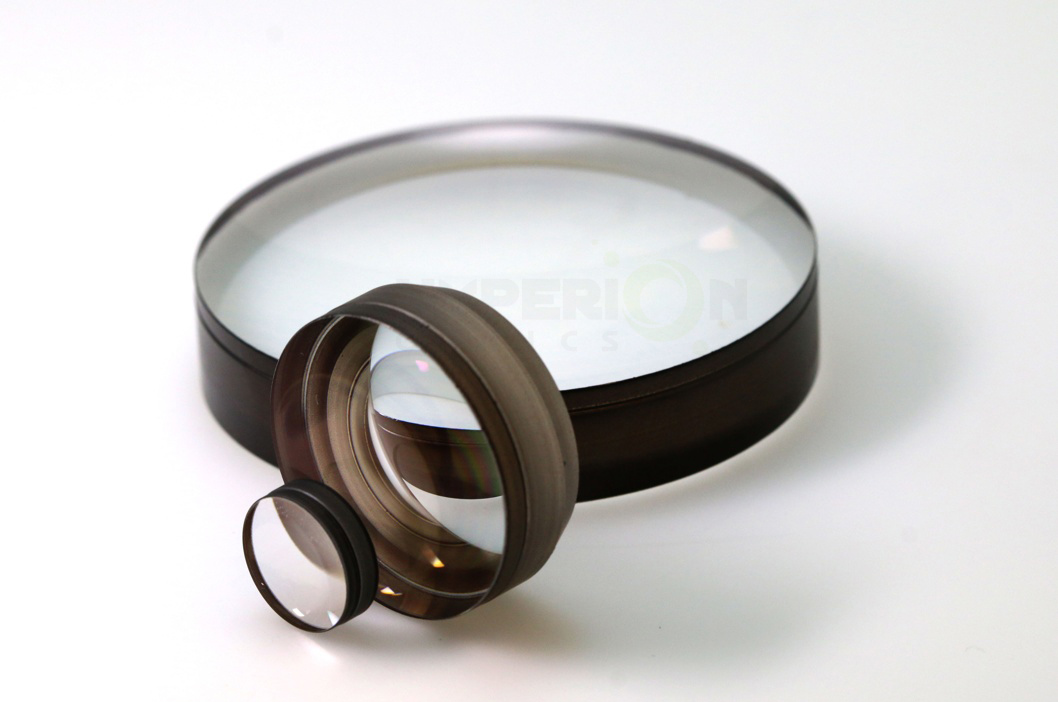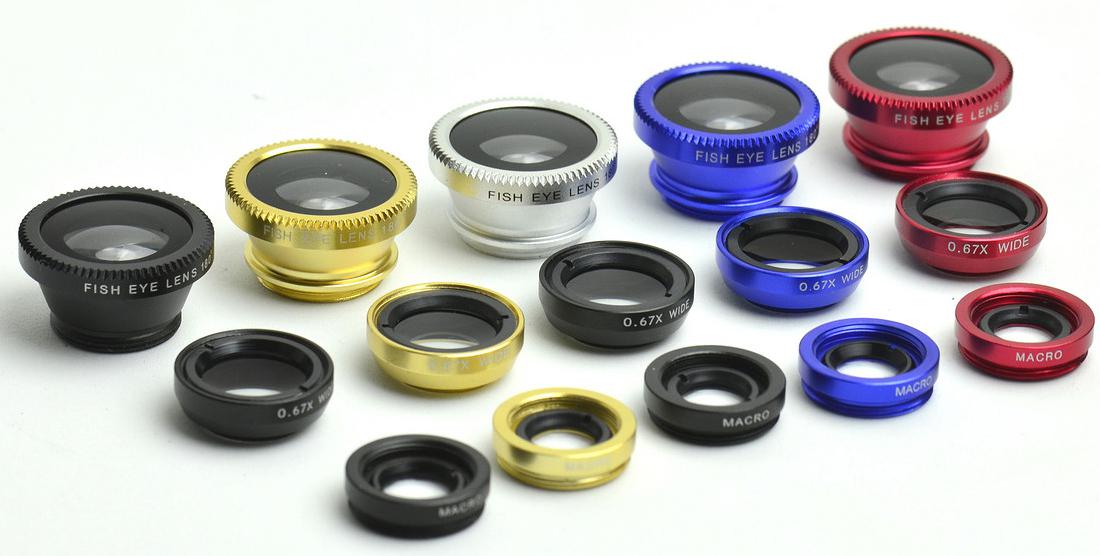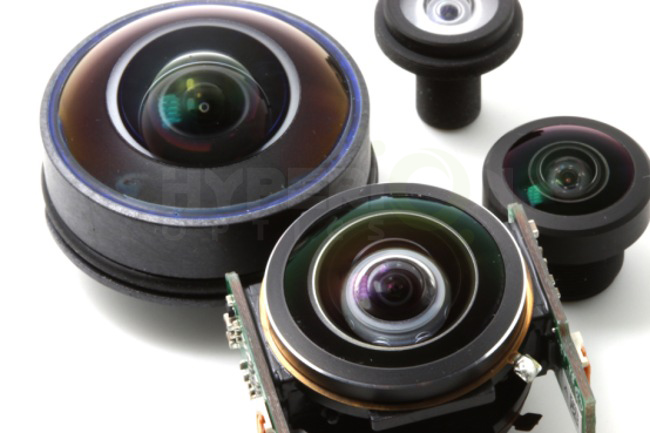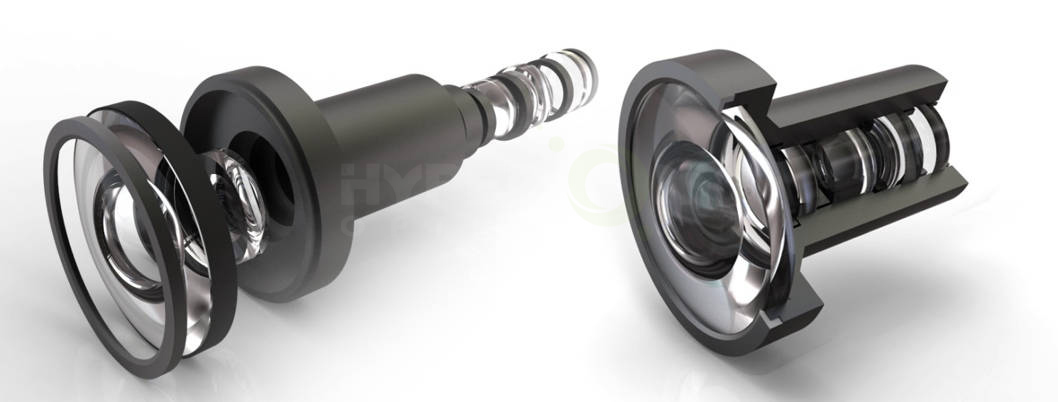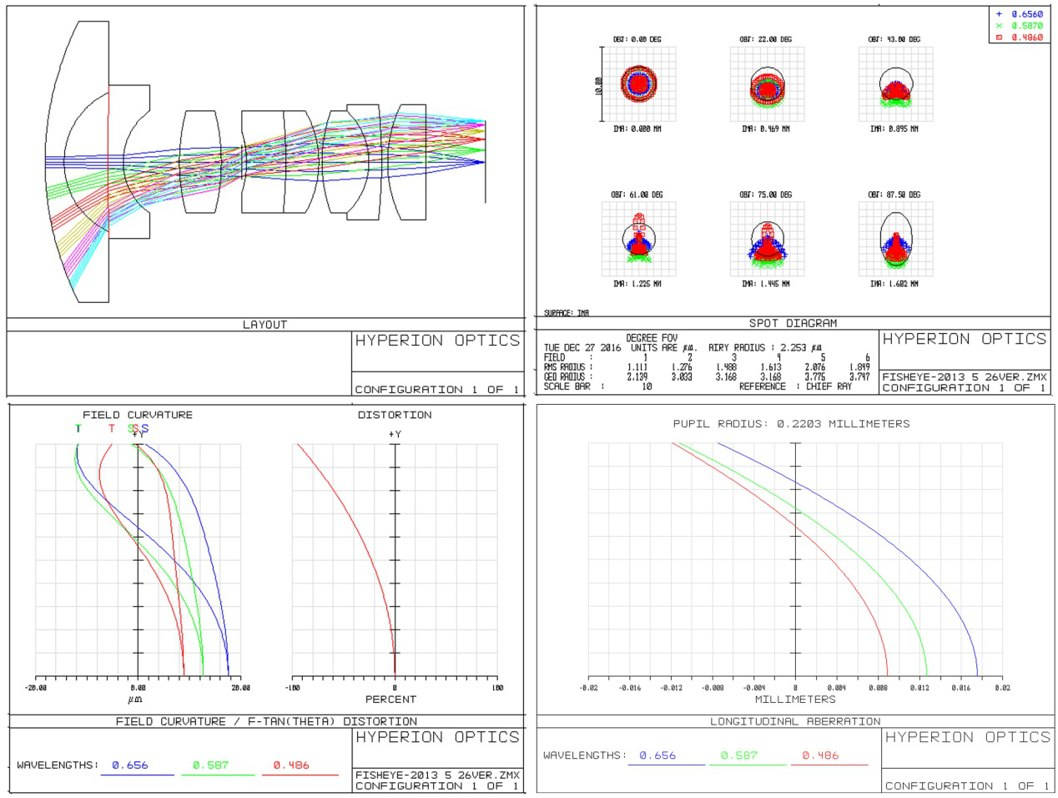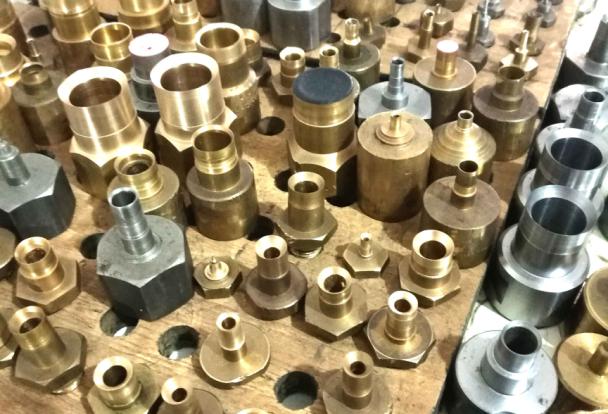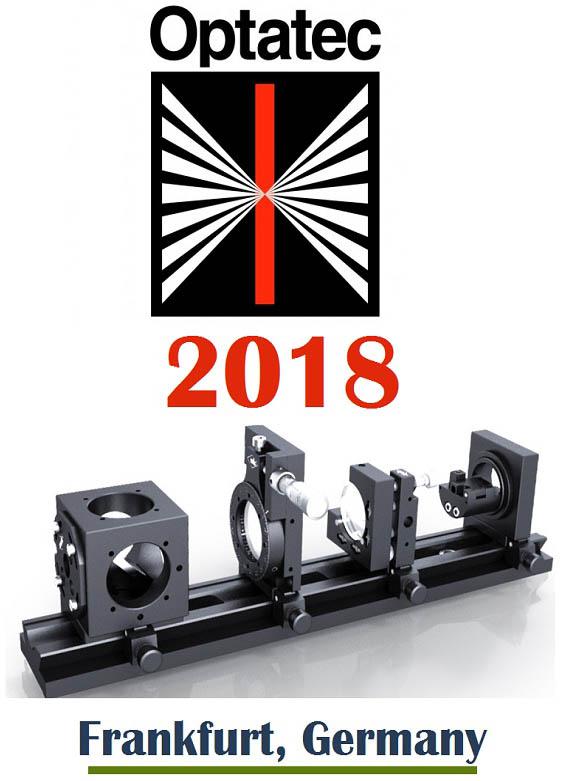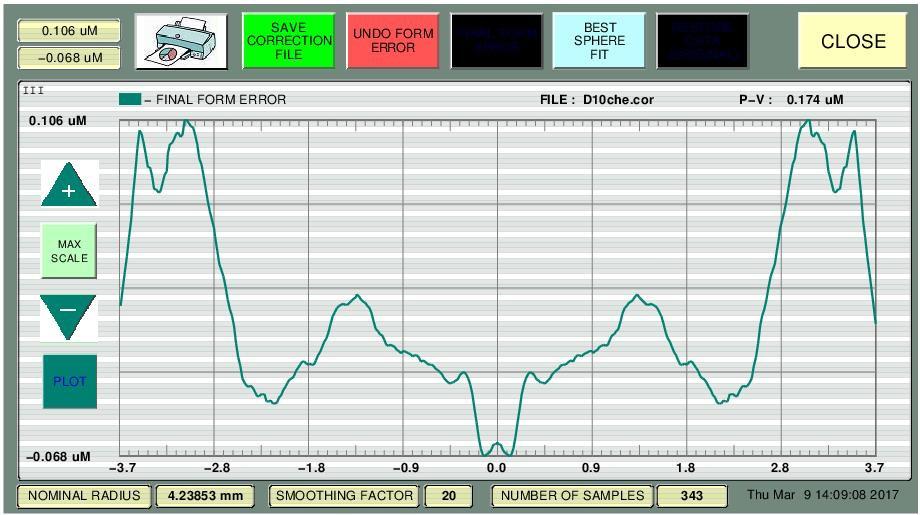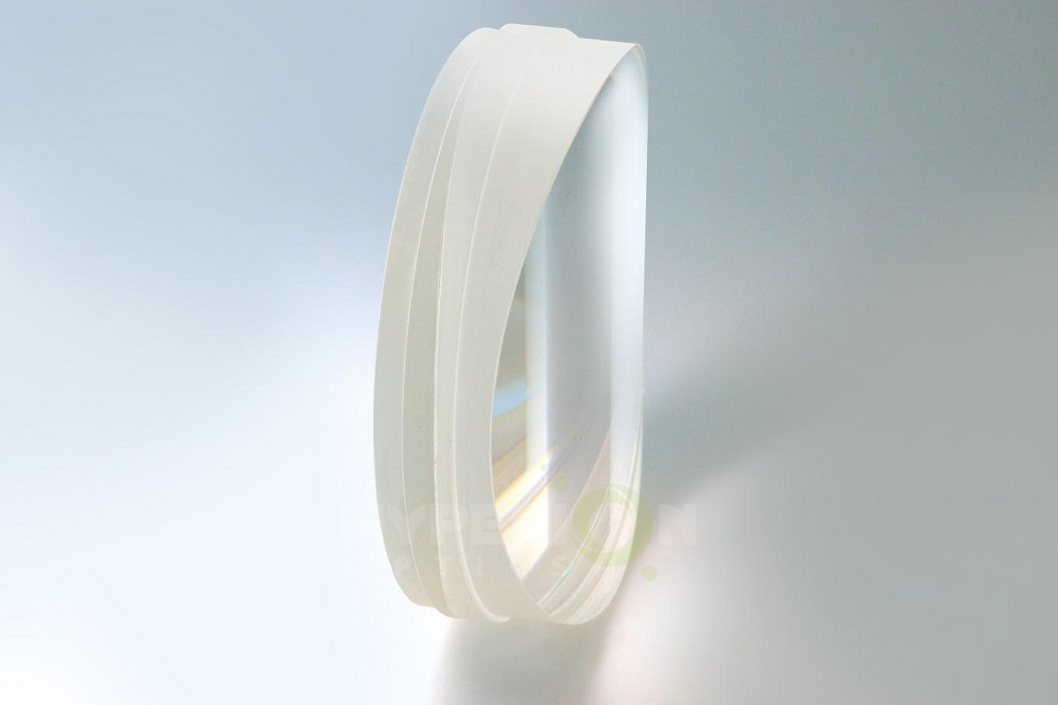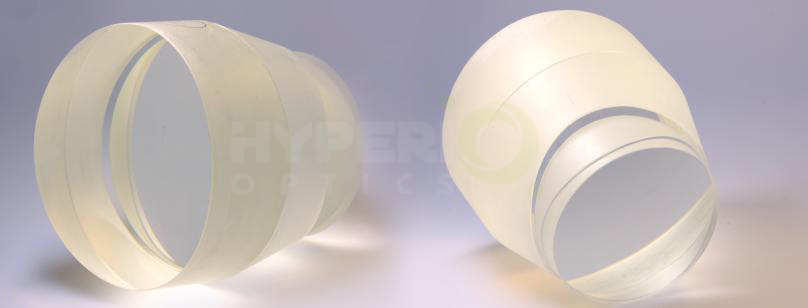Optical Lens Coating Technology and Development
Technical characteristics
1. The first generation wear resistant film technologyWear resistant film began in the early 1970s. At that time the optical lenses are not easy to be ground because of its high hardness, while the organic lens is too soft and easy to wear. So they plate the quartz material on the surface of the organic form under the condition of vacuum, forming a layer of hard abrasion resistant film. But due to the mismatch of thermal expansion coefficient and the base material, it is easy to strip and the film is brittle, so wear resistant effect is not ideal.
2. The second generation wear resistant film technology
After the 1980s, the researchers found theoretically that the wear production mechanical is not only related to hardness. The coating material has dual characteristics of hardness/deformation, namely, some materials are with high hardness, but the deformation is smaller, and some materials are with low hardness, but deformation is large. The second generation of wear resistant film technology is coating a high hardness and non-fragile material on the surface of the organic lens by soaking process.
3. The third generation wear resistant film technology
The third generation of wear resistant film technology was developed in the 1990s. It is developed to solve the problem of the wear resistance of the anti-reflective coating on the organic lens. Because of the great difference between the organic lens hardness and anti-reflection film hardness, the new theory is that there is another layer of abrasion resistant coating between them, which will play a buffer role and no scratching occurs at the time of gravel friction. Between the third generation of wear resistant film material’s hardness is between anti-reflection film ‘s and lens substrate's, the friction coefficient is low and not easy to crack.
4. The fourth generation wear resistant film technology
Silicon atom is used in the fourth Fourth generation wear resistant film technology, for example, TITUS hardening liquid produced by the France Fishily company contain both organic substrates and silicon inorganic particles, makes the abrasion resistant film with the property of toughness and high hardness. The most important method of modern wear resistant film technology is immersion method, that is, after repeated cleaning, immerse the lens into plus hardening liquid for a period of time, raise up in certain speed. This rate is related to the viscosity of the hardening liquid and function decisively to the thickness of the film. And then polymerize in the oven for about 4 to 5 hours at 100 degrees ℃, the coating thickness is about 3 - 5 microns.
Test method
Place the lens inside the gravel (the provisions of the size and hardness of gravel), and grind under the control. At the end of the test, measure the light ray diffuse reflection quantity using haze meter. and compared with the standard lens.
2. Steel wool test
Grind the lens a certain number times using the specified steel wood in certain pressure and velocity, and then measure the light ray diffuse reflection quantity using haze meter. and compared with the standard lens. Of course, we can also manually grind two pieces of the lens using the same pressure with the same number of times, and then observe and compare with the naked eye.
The results of the above two methods are similar to those of the long-term clinical results.
3. The relationship between antireflection film and wear resistant film
The antireflection coating on the surface of the lens is a very thin inorganic metal oxide material (thickness less than 1 microns), hard and brittle. When the plating on the glass lens, because the base is relatively hard, gravel on it across, the film is not easy to be scratched; But if the antireflection film plated on the organic lenses, because the base is relatively soft, gravel in the coating, the film is easy to be scratched.
Therefore, in order to improve the hardness of the two kinds of coatings, it is necessary for the organic lens to be placed with the wear resistant film before the coating is reduced.
Labels: optical lenses, organic lens, wear resistant film
